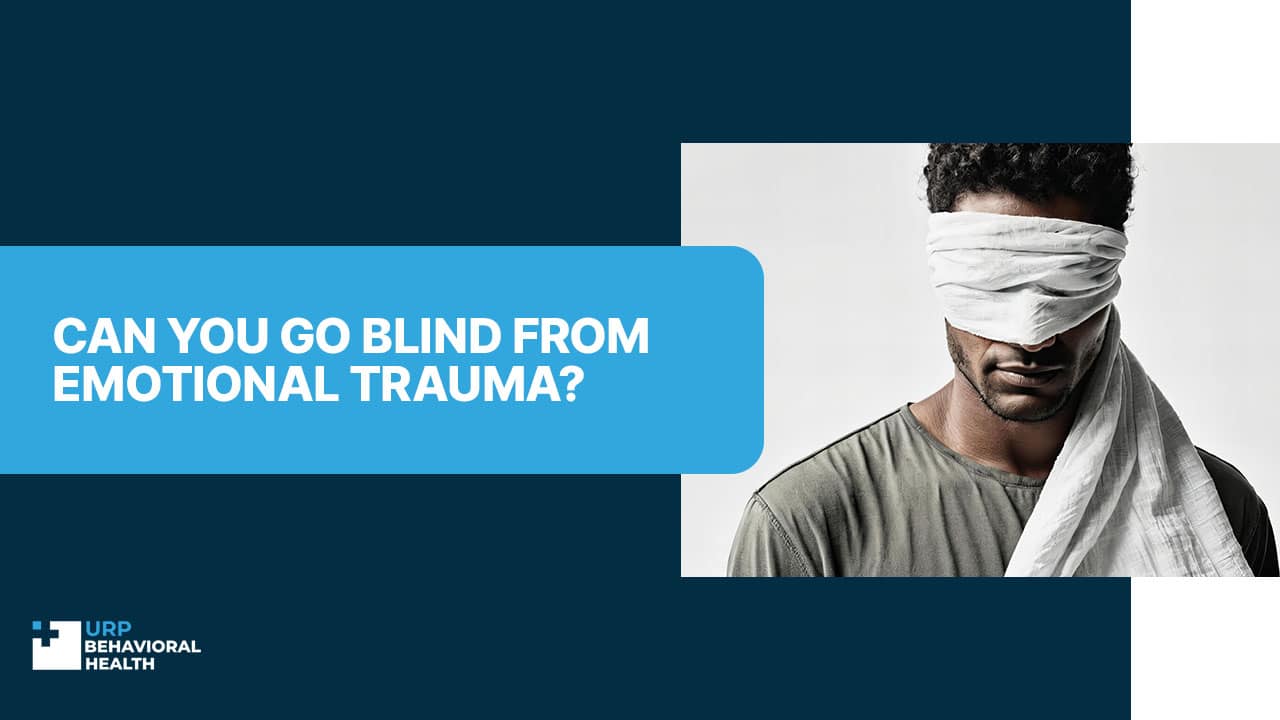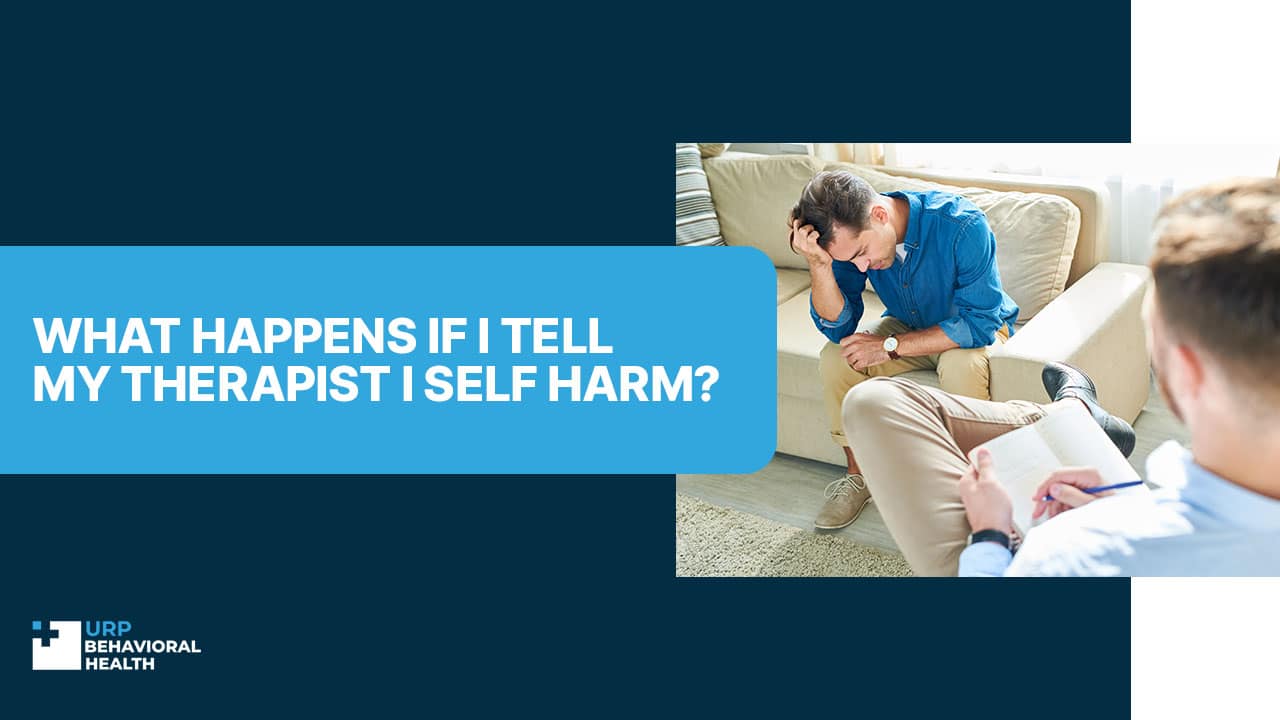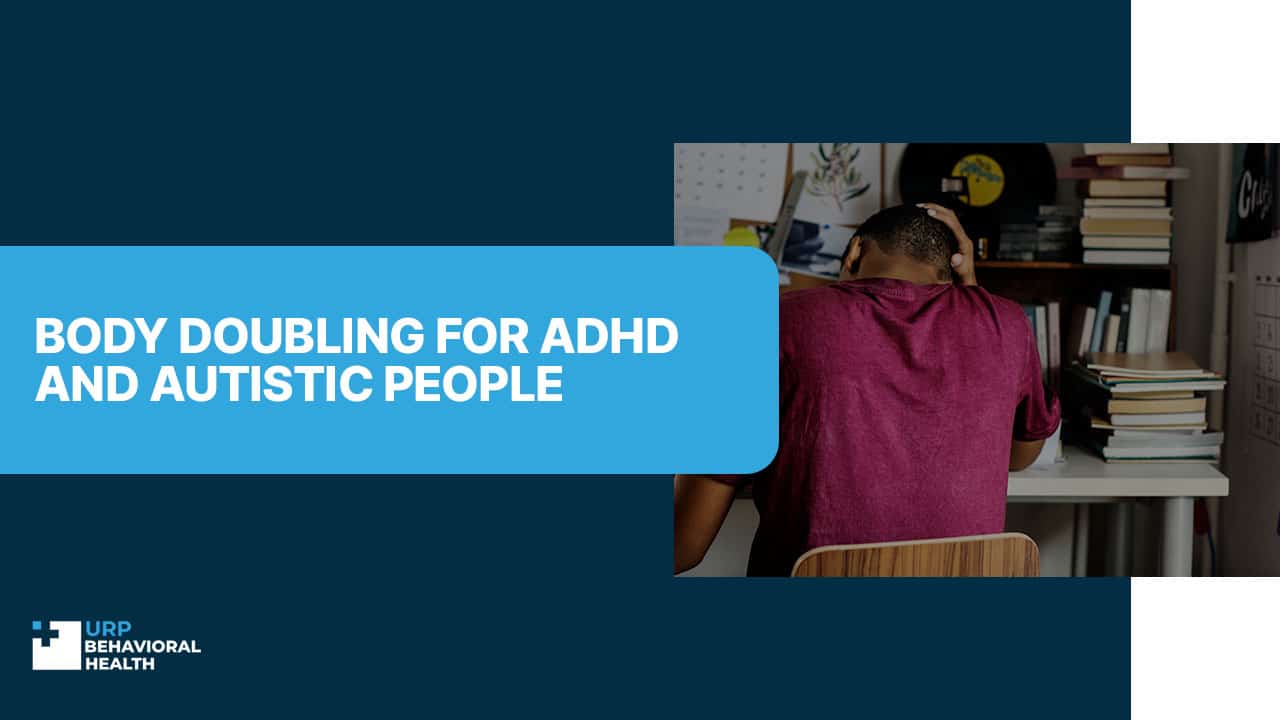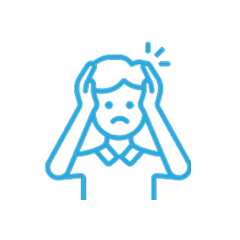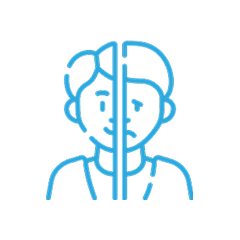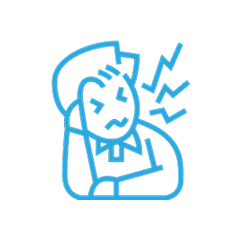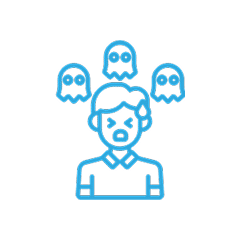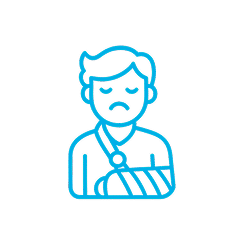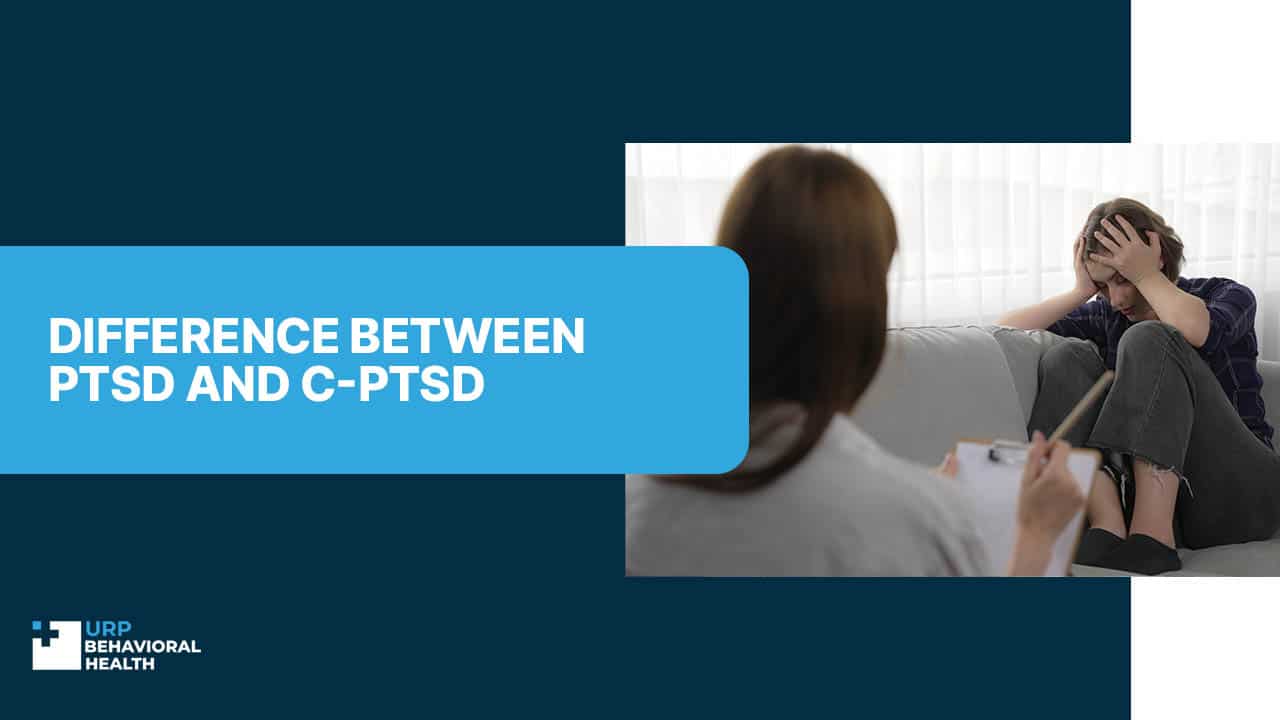
Difference Between PTSD and C-PTSD
What distinguishes Complex PTSD (C-PTSD) from PTSD as two distinct PTS disorders from each other? Traumatic events (war, sexual or physical violence, terrorist attacks, torture, etc.) causing the traumatic events themselves are both mental disorders. In terms of symptoms, management, and underlying factors, they exhibit dissimilarities. Managing the variance between PTSD and C-PTSD and providing necessary and effective treatment toxin recommendations can greatly enhance a patient’s understanding of treatment options. This article will delve into the similarities and differences between PTSD and C-PTSD, as well as discuss the causes, symptoms, and remedies. Additionally, we will explore the difficulty of distinguishing between PTSD and PTSD, thereby gaining a deep understanding of these diseases. Knowledge of it helps in making successful treatment plans for patients depending on their conditions [1][2] and leads to more effective outcomes for those who struggle with PTSD disorders.
Don’t wait - confidential help is available right now for you or your loved one.
Differences and Similarities in Causes of PTSD and C-PTSD
The first difference between PTSD and C-PTSD we are going to explore is the nature and duration of experienced trauma. Why so? PTSD is usually caused by a single traumatic event, such as serious accidents, natural disasters, etc. In the case of C-PTSD, it is generally caused by long-term trauma events. It can be an ongoing abuse, captivity, or war. Both disorders are caused by strong trauma, but complex PTSD is a chronic illness caused by chronic and long-term actions. For that reason, C-PTSD is characterized by more complicated symptoms and impacts a person’s mental and emotional health [1]. Besides, C-PTSD more often increases the risk of other mental illnesses such as anxiety and depression. Understanding and exploring the depth and breadth of these impacts is essential for clinicians in developing more efficient treatment plans for their patients.
What is in common then? Both disorders can be caused by direct experiences of trauma, traumatic events, or sharing the trauma with a close family member or friends.
Common symptoms for both disorders include repeating traumatic events through flashbacks, intrusive thoughts, and nightmares; avoiding part of lives affected by trauma; negative changes in thinking and mood leading to anxiety and depression; insomnia and other sleeping problems [1]. These symptoms ruin a person’s everyday life and impact each part of it. Patients affected by PTSD are struggling with building a routine and relationships with family and friends. Eventually, the impact of these symptoms results in personal challenges necessitating a therapeutic approach.
But there is also a difference. Chronicle post-traumatic stress disorder in addition to previous symptoms also includes feelings of emptiness and hopelessness, emotional problems, etc., which is caused by long-term traumatic events. Because of that, therapists who work with people with C-PTSD must prepare to work with these emotional layers to help their patients achieve a stable mental state.
It’s also important that the impact of this experience on different people varies depending on individual factors, which can be: genetics, coping mechanisms, and social support. Exploring these elements is crucial for specialists to select a unique approach to each patient’s treatment and, finally, lead to a successful recovery process [2].
Is C-PTSD Worse Than PTSD?
When we compare PTS and C-PTS disorders trying to figure out which one is worse, it’s important to remember that everything always depends on a person’s individual experience. For sure, C-PTSD is usually considered as more traumatic and complex, because of its long-term impact on a person. The impact of it usually affects mental and emotional health more than PTSD. However, both disorders pose a serious challenge to people’s health and their daily routines. It’s always vital to maintain an individualized approach for every patient to recover and improve their quality of life.
We’ll help you understand your options and guide you toward care.
Differences and Similarities in Treatments of PTSD and C-PTSD
If we talk about treatment approaches for patients with PTS and C-PTS disorders, those share similarities, but also differ in many ways. For both illnesses curing includes psychotherapy, for example, Cognitive Behavioral Therapy, Eye Movement Desensitization and Reprocessing, and medicational treatment for anxiety and depression. The healing of C-PTSD also should include a deeper and more intensive approach, which consists of building trust, constant safety feeling, and working with the consequences of long-term trauma [1].
What is this for? Long-term therapy is vital for patients with C-PTSD, so they have to remain in an emphasizing, calm, and supportive atmosphere to develop new and healthy coping mechanisms. Going deeper into this supportive atmosphere, it’s important to mention that this includes not only working with a therapist but also group therapy. Group therapy is a foundation for people with complex post-traumatic disorder, which provides understanding and support for patients with the same problems and experiences. Comprehensive treatment including various therapeutic modalities usually shows the best results in curing people with C-PTSD. In the end, the goal of the entire treatment is to find a way of providing individualized medical help for every person, based on their special needs and symptoms.
Conclusion
In summary, it is crucial to understand and to delve deeper into the dissimilarities between post-traumatic stress disorder and complex post-traumatic stress disorder, as this is critical for identifying and treating patients. Though both disorders are direct repercussions of intense trauma, chronic and long-term onset C-PTSD is the hallmark of the condition, resulting in increased symptoms and complexity.
If you or someone you know are struggling with post-traumatic disorders, seeking professional help is the key to recovery. Early intervention and individualized treatment are of great importance for your future. This journey can last long, but with the support and help of professionals, you will definitely feel better very soon and, finally, will be able to build a greater future and even daily routine.
Our team will verify your insurance and design a plan tailored to your needs.
Sources
- [1] “PTSD and Complex PTSD”. https://www.verywellmind.com/what-is-complex-ptsd-2797491
- [2] “Complex PTSD: Symptoms, Causes, and Treatment”. https://www.healthline.com/health/cptsd

